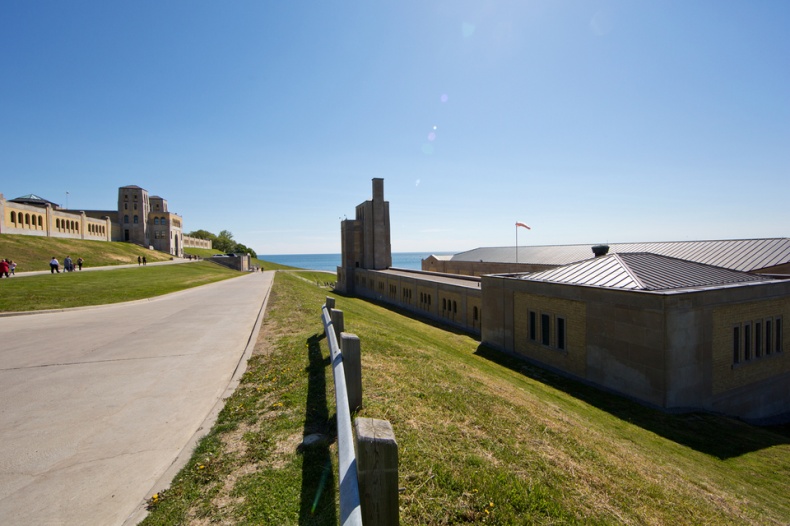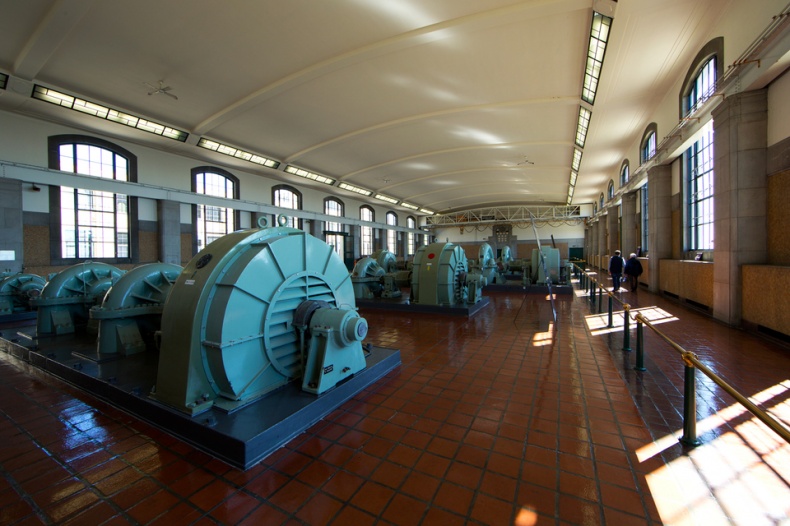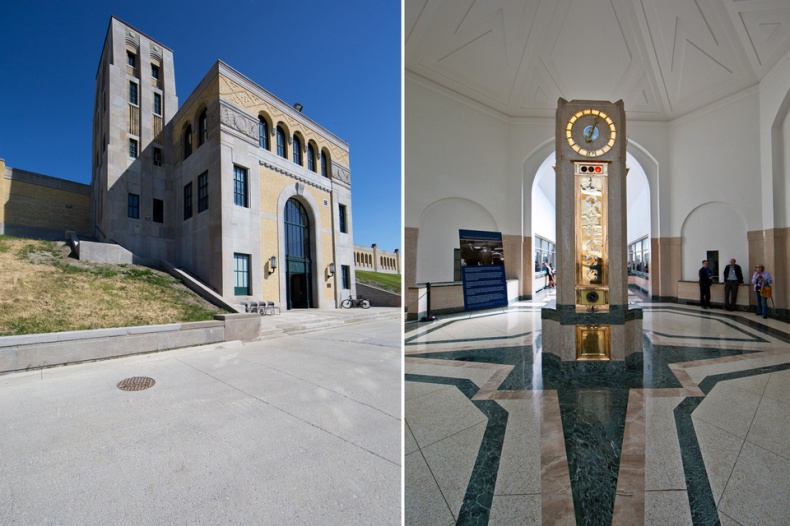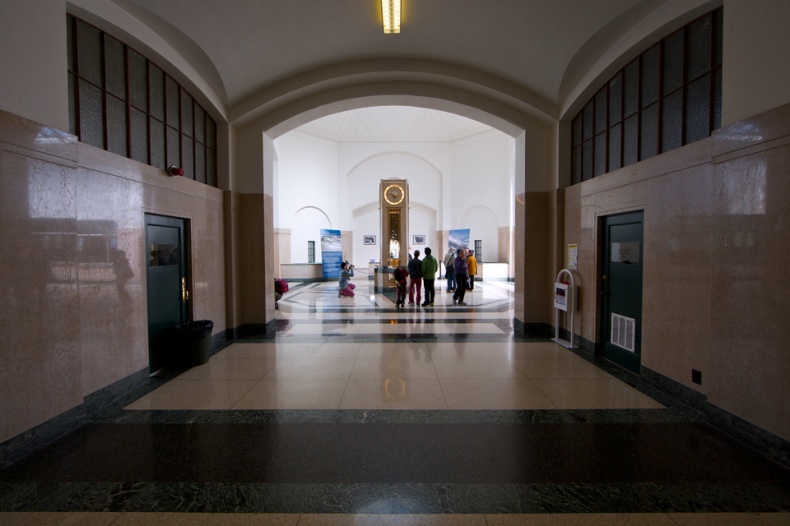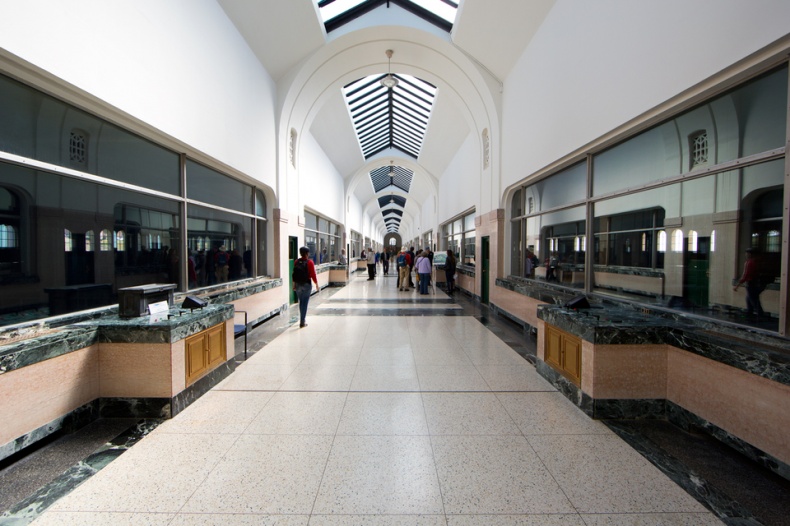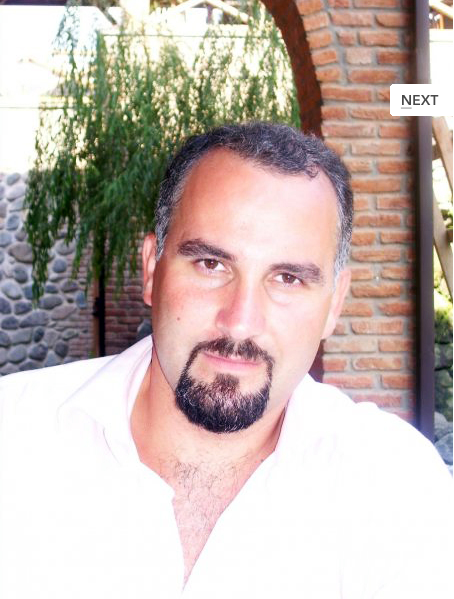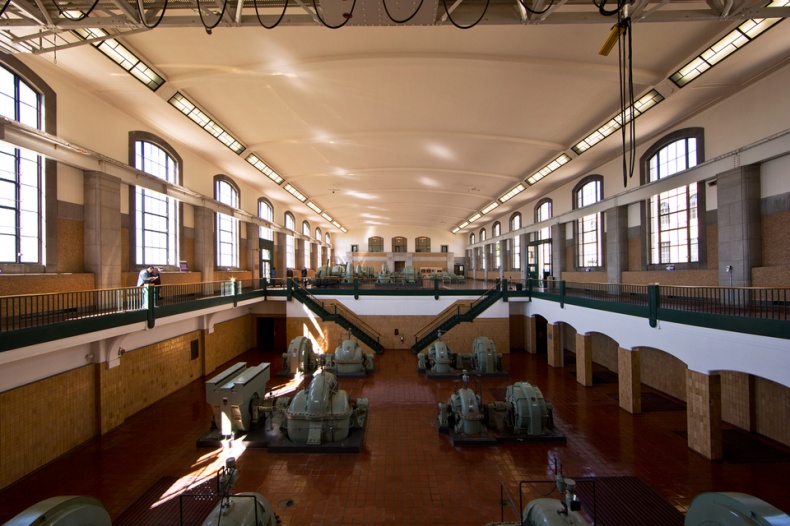
RC Harris Water Plant: The many pumps in plant's Pump House.
Click individual photos to enlarge and enter the Lightbox Gallery.
We are introducing a brand new series of Photo Essays! Have a look at amazing Photo Sets all shot by talented photographers. Explore the vibe of the city, its hidden treasures, meet the Torontonians! This time, let's have a look at Toronto through the lens of Roland Shainidze!
Do You Know Where Your Water Comes From?
Have you ever wondered where the water you drink, cook with, or shower in comes from? Well, if you're living in Toronto, you should know that you're drinking from Lake Ontario. Toronto's only source of drinking water, it represents 1 per cent of the world's total surface freshwater supply. And even though it's said that Lake Ontario's water is impressively clean, naturally, before reaching households, officials need to filter and clean it properly. There are four City treatment plants, and the RC Harris Water Treatment Plant is one of them, purifying about 30 per cent of Toronto's tap water. It can produce up to 950 million litres of water per day.
Located at the eastern end of Queen Street and at the foot of Victoria Park Avenue in the Beaches neighbourhood, the plant connects to the lake via a 2.6 kilometre intake tube. In the early 20th century it became clear that the city needed a modern water purification system, so the city planned this large project and the plant became operational in 1941. It's named after Roland Caldwell Harris, Toronto's Commissioner of Public Works (from 1912 until 1945), who worked on some of the major infrastructure projects in the city, like the Bloor Street Viaduct. The water plant is without doubt a spectacular building and one of the city's best Art Deco architecture treasures that was designed by the architect Thomas Canfield Pomphrey. It's also an excellent example of Art Deco style integration with Late Romanesque Revival and Modern Classical forms. The strong architectural statement has turned the cathedral-like factory into one of Toronto's most admired buildings. The RC Harris plant has also been designated under the Ontario Heritage Act in 1998.
Unfortunately, the beautiful interior of this buildings stayed closed to the public eye for years — mainly because of security issues after the 9/11 threats and fears of a possible attack. But for lucky visitors, the interior became accessible for a couple days during the Doors Open Toronto festival. Crowds of people came and admired the opulent marble entryways and vast halls filled with pools of water, pumps, tubes, and other filtration equipment. The self-guided tour led through the two largest buildings at the R.C. Harris Water Treatment Plant, the Pump House and the Filter Building. The plant has received a rather fitting nickname, "The Palace of Purification."
Maybe not filmed as often as Casa Loma (this is probably because of how difficult it would be to watch over the film crews to make sure they don't damage any of the gear), RC Harris did make some appearances in movies, playing the roles of prison, asylum, or headquarters of the bad guys. It also has a lot of coverage in Michael Ondaatje's popular novel In the Skin of a Lion. Its notoriety makes perfect sense when you look at its futuristic design and its similarity to a fortress.
Let's hope the plant will be on the list of next year's Doors Open Toronto locations so that we can get a sneak peek inside again. Check out the other famous landmark, Casa Loma, a beautiful Medieval castle. Have you even visited the site? What was the most impressive part of the tour? Let us know in the comments below.
Address: 2701 Queen Street East
Contact: (416) 392-2934

Opulent marble entryways and vast halls.
All visual content is licensed by Creative Commons - you may use individual photos but you need to link them back to this original page properly and clearly attribute them to us.
Meet the Photographer
Roland Shainidze
Roland Shainidze is an amateur photographer in Toronto. He is a graduate student in humanities at York University and his photography is focused primarily on architecture, both interiors and exteriors. He has taken photographs in Toronto, Montreal, Quebec City and Ottawa as well as his native Georgia. Roland uses HDR tools to transform the presentation of the imagery of architectural elements. Self-taught, he takes every opportunity to take pictures and experiment with them; playing with lines, patterns, light and selective colour.


